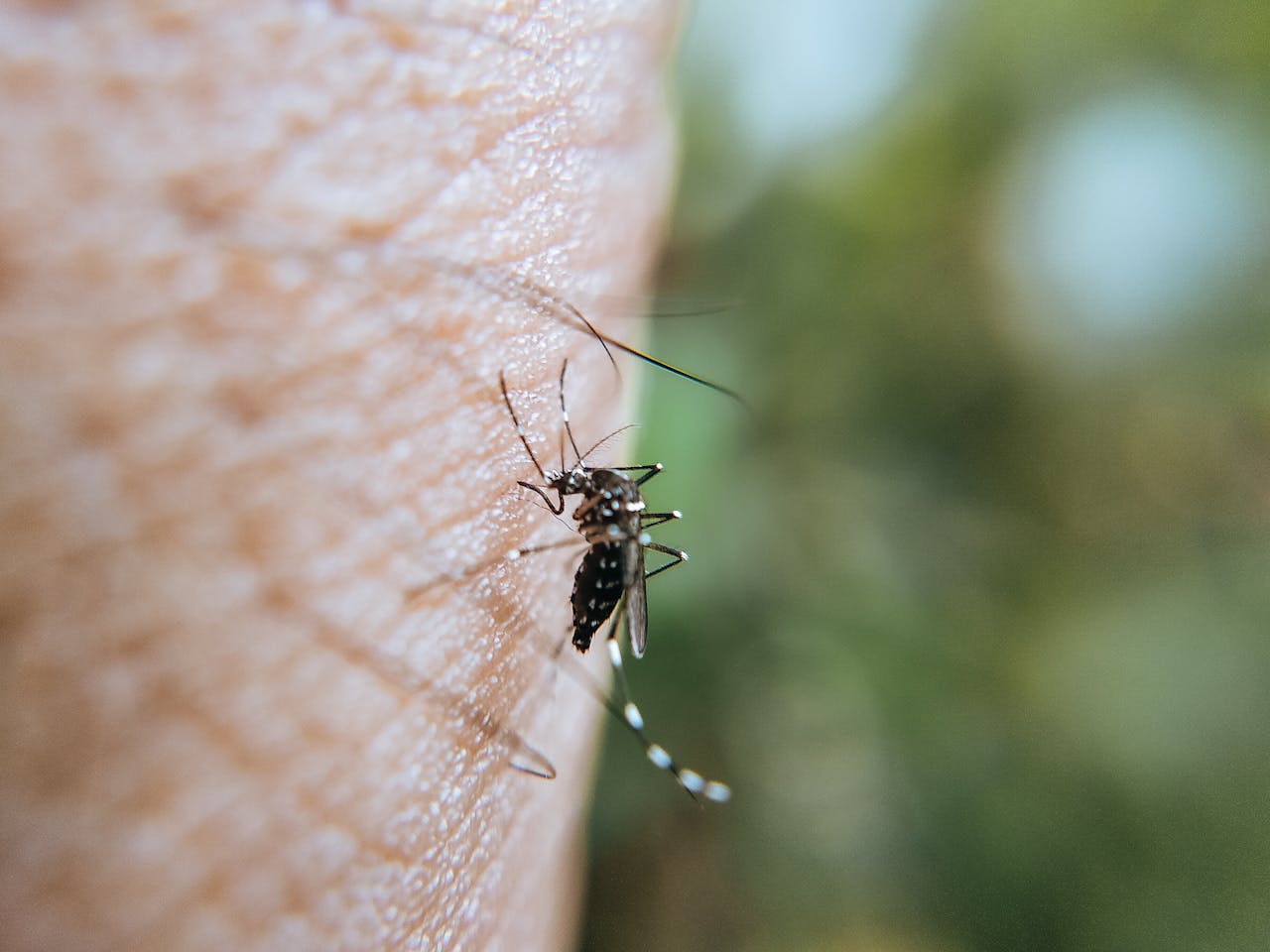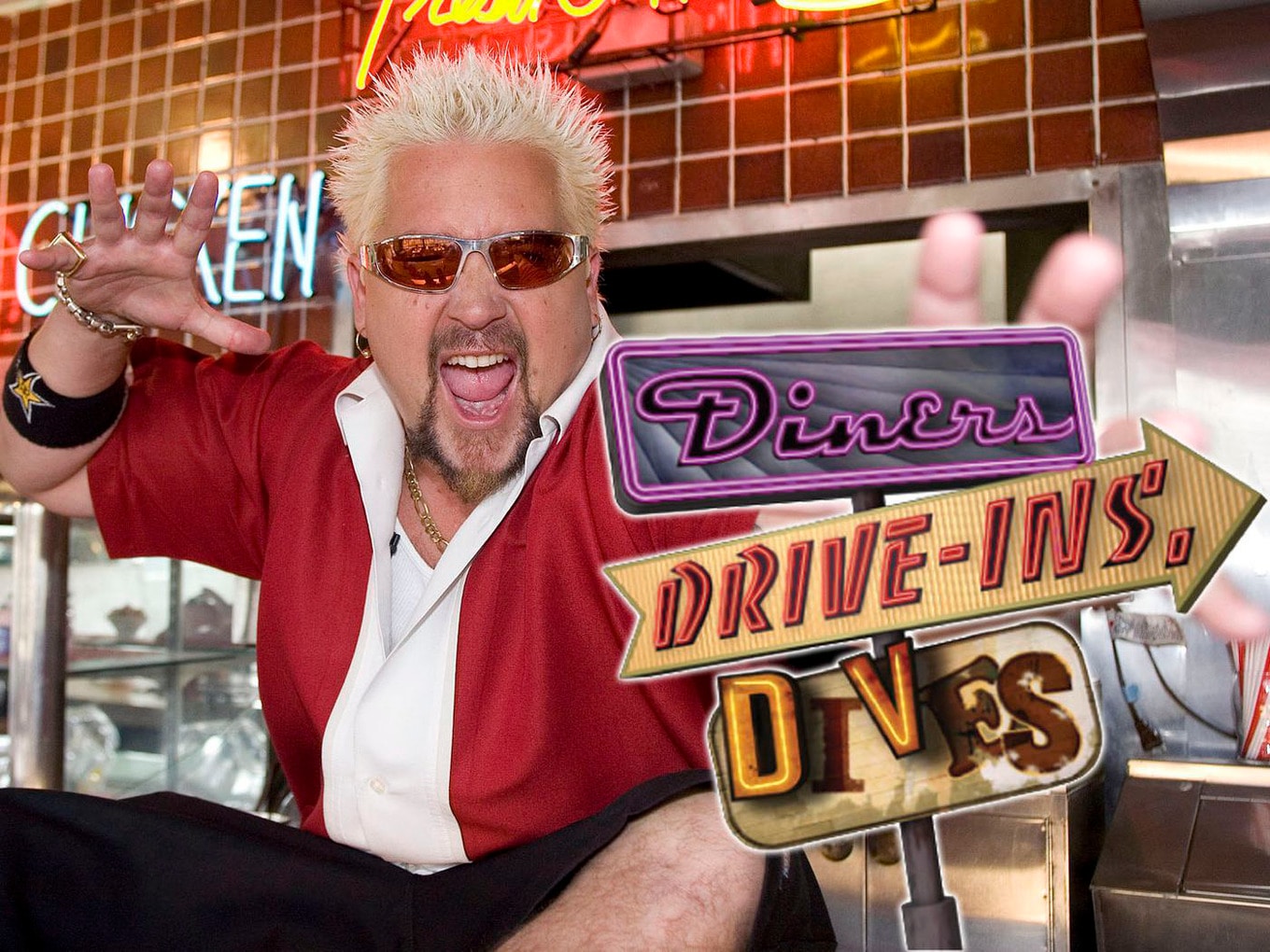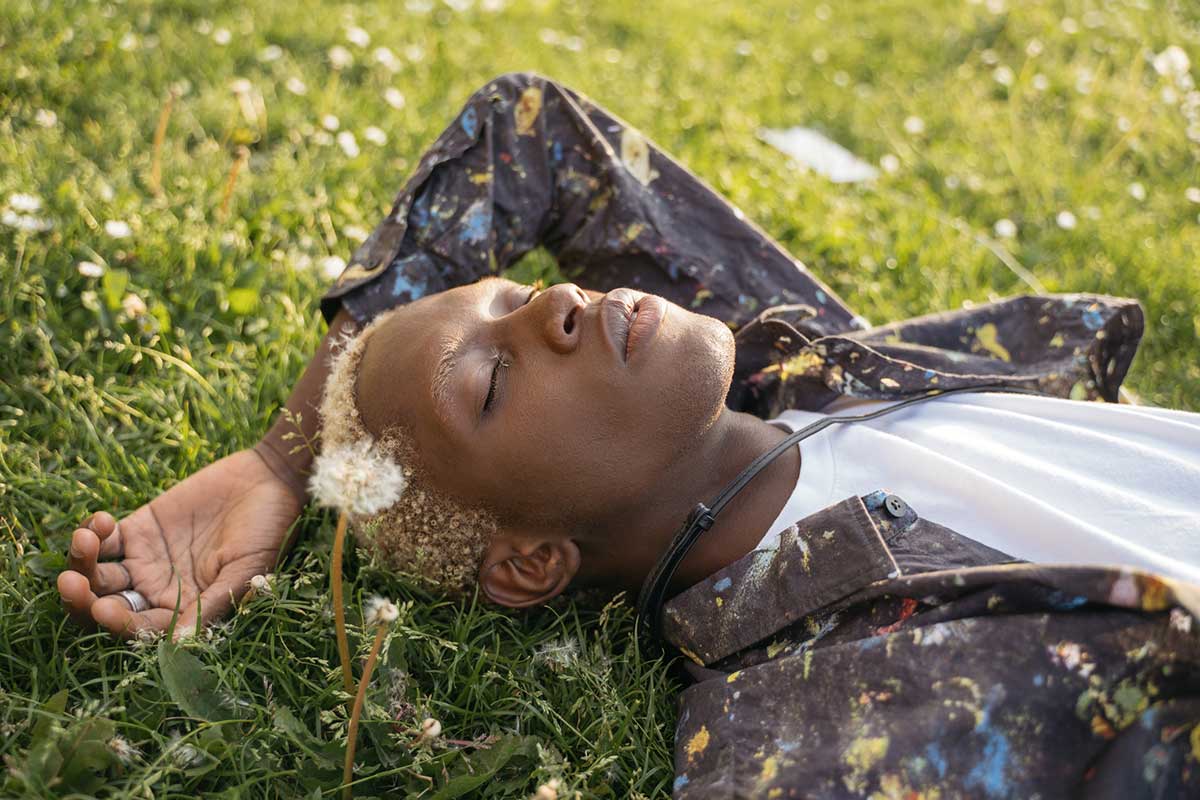The soccer pitch isn’t the only green that legendary player David Beckham has mastered. Since retiring from the game in 2013, Beckham has leaned into a new passion: gardening.
The 49-year-old’s sprawling estate in the Cotswolds region of the English countryside—as featured in the Beckham Netflix docuseries—is replete with amenities such as a lake-sized swimming pool, a glamping tent, outdoor kitchen, and, of course, a soccer pitch (created from a converted tennis court).
David Beckham/Instagram
British landscaper Marcus Barnett helped Beckham outfit the idyllic property with planting gardens, an apiary, and an orchard with 23 different kinds of trees. Beckham often takes to social media to share his gardening adventures with fans, getting into the dirt to pull out spring onions, learning how to plant flowers and shrubs, and enjoying the outdoors with his wife, Victoria Beckham, and their four children.
Table of Contents
How to garden like Beckham
If you don’t live on a two-acre estate in the English countryside or have access to a top-tier landscaper, you can still have a lush food and flower garden. Here are a few expert tips on how to plant it like Beckham, even in the middle of summer.
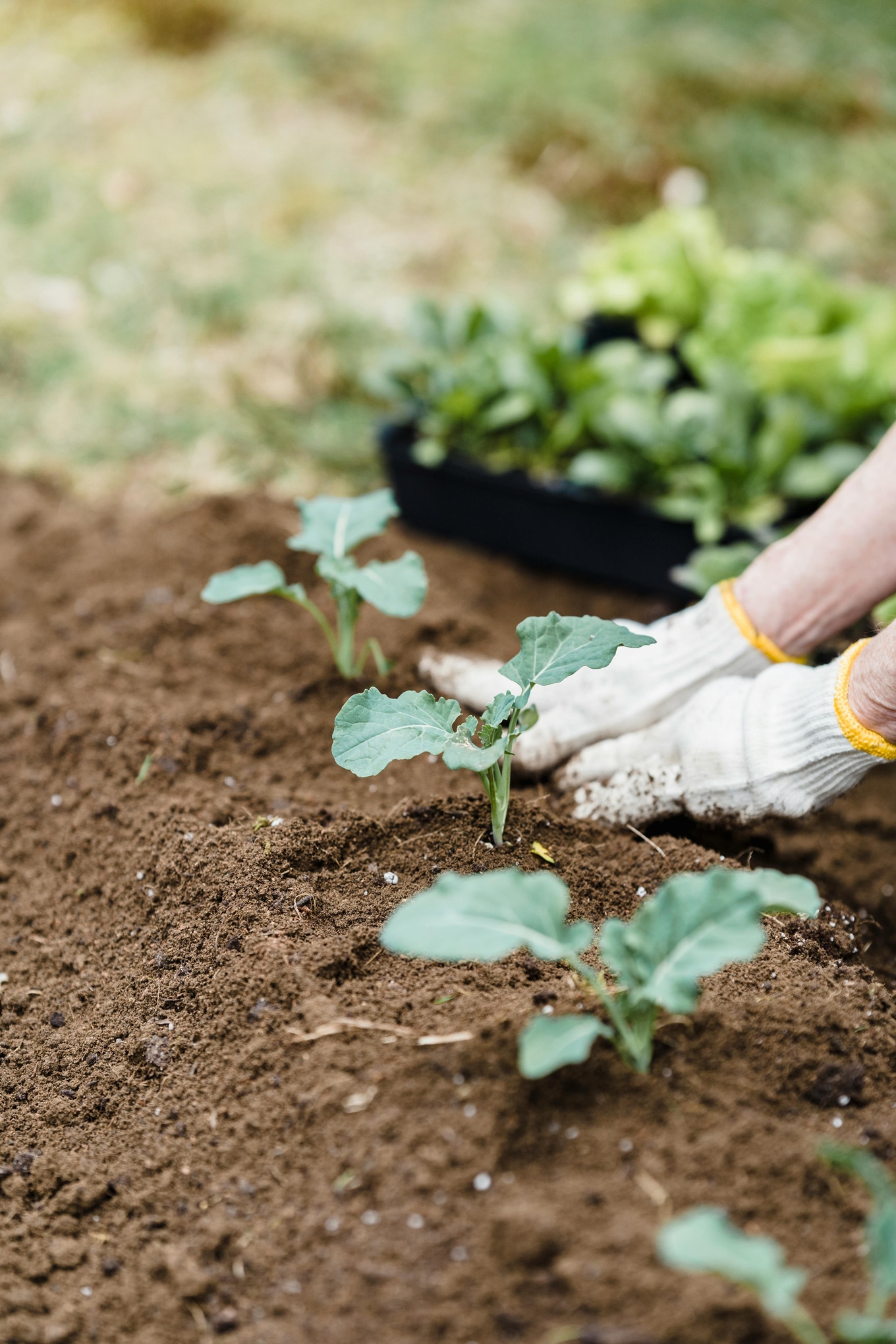 Greta Hoffman/Pexels
Greta Hoffman/Pexels
1Select the right plants
Starting a garden in mid-summer might seem daunting, but the warmer months are actually ideal for certain plants.
“One of the main features of the Beckham’s outdoor space is their lavish kitchen garden,” Chrissie Handley, a lawn care specialist at Online Turf, tells VegNews.
“Though it may look unobtainable for the everyday gardener, the basics that go into maintaining a kitchen garden are more accessible than you may think,” Handley says.
She suggests choosing plants that prefer warm soil temperatures and utilizing raised vegetable beds with adequate drainage to make for optimal vegetable growing conditions.
Tony O’Neill, gardening expert and best-selling author at Simplify Gardening, explains that many vegetables and plants thrive in warm summer months. The warm soil temperatures accelerate germination and growth, making it possible to achieve a quick and fruitful harvest.
Leafy greens such as lettuce, spinach, and kale are O’Neill’s picks for mid-summer gardens along with root vegetables (think radishes, beets, and carrots) which he says will mature before the first frost. Broccoli, cabbage, and cauliflower are great late-season vegetables to plant, as well.
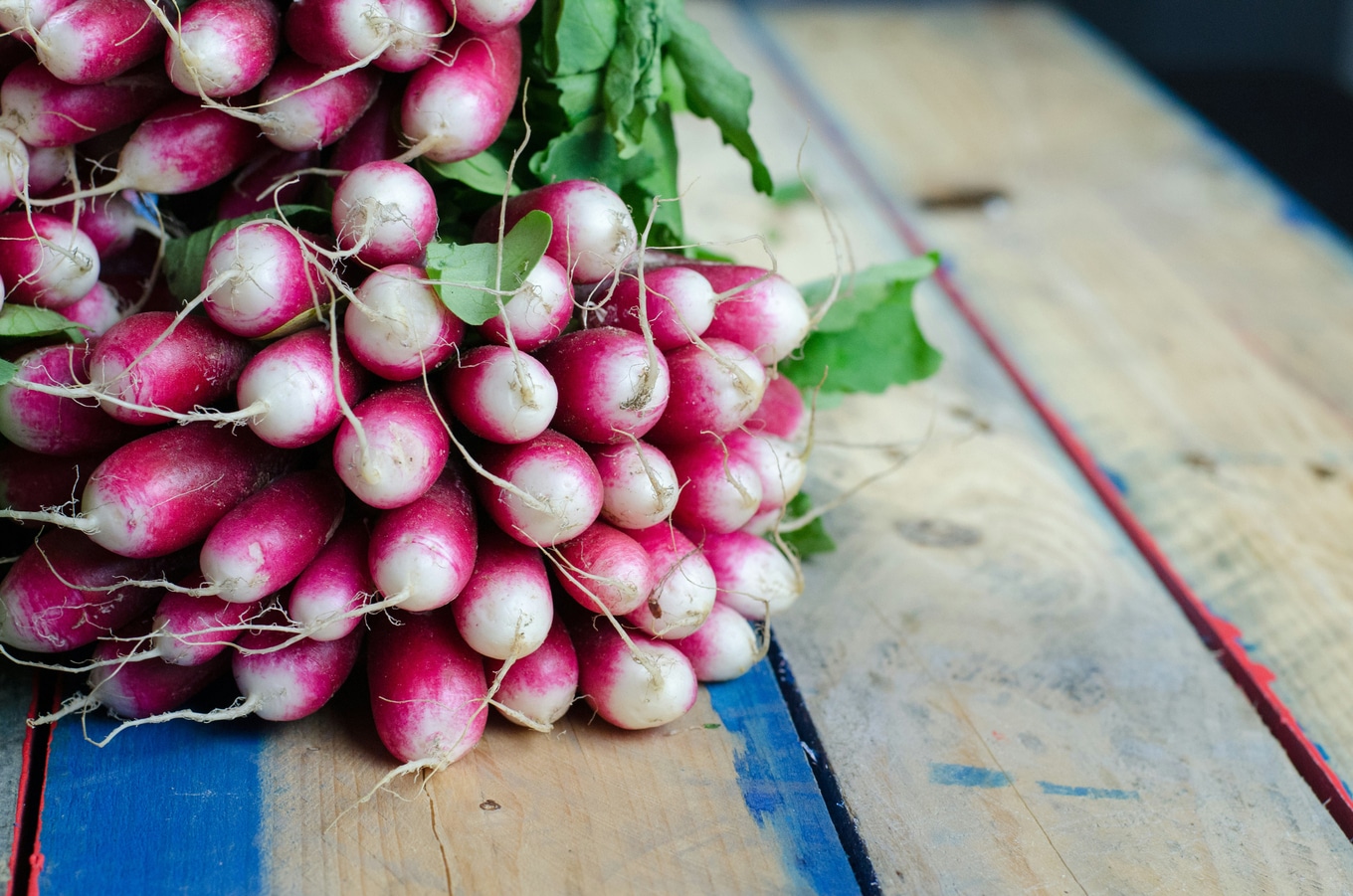 Damien Creatz/Unsplash
Damien Creatz/Unsplash
“In my own garden, planting late-season crops like kale and radishes in mid-July has always yielded excellent results,” O’Neill says. “By focusing on soil health and consistent watering, I’ve managed to create a lush and productive garden space that mirrors the lushness of more extravagant gardens.”
Heat-tolerant vegetables such as tomatoes, peppers, eggplants, cucumbers, and beans can also be planted now for a bountiful harvest, according to Scott McLeod, founder of McLeod Landscaping.
“These vegetables are well-suited for hot weather and will produce before the fall,” McLeod tells VegNews.
While Beckham keeps a flock of chickens (and eats their eggs), you can grow mung beans and make your own plant-based eggs, instead.
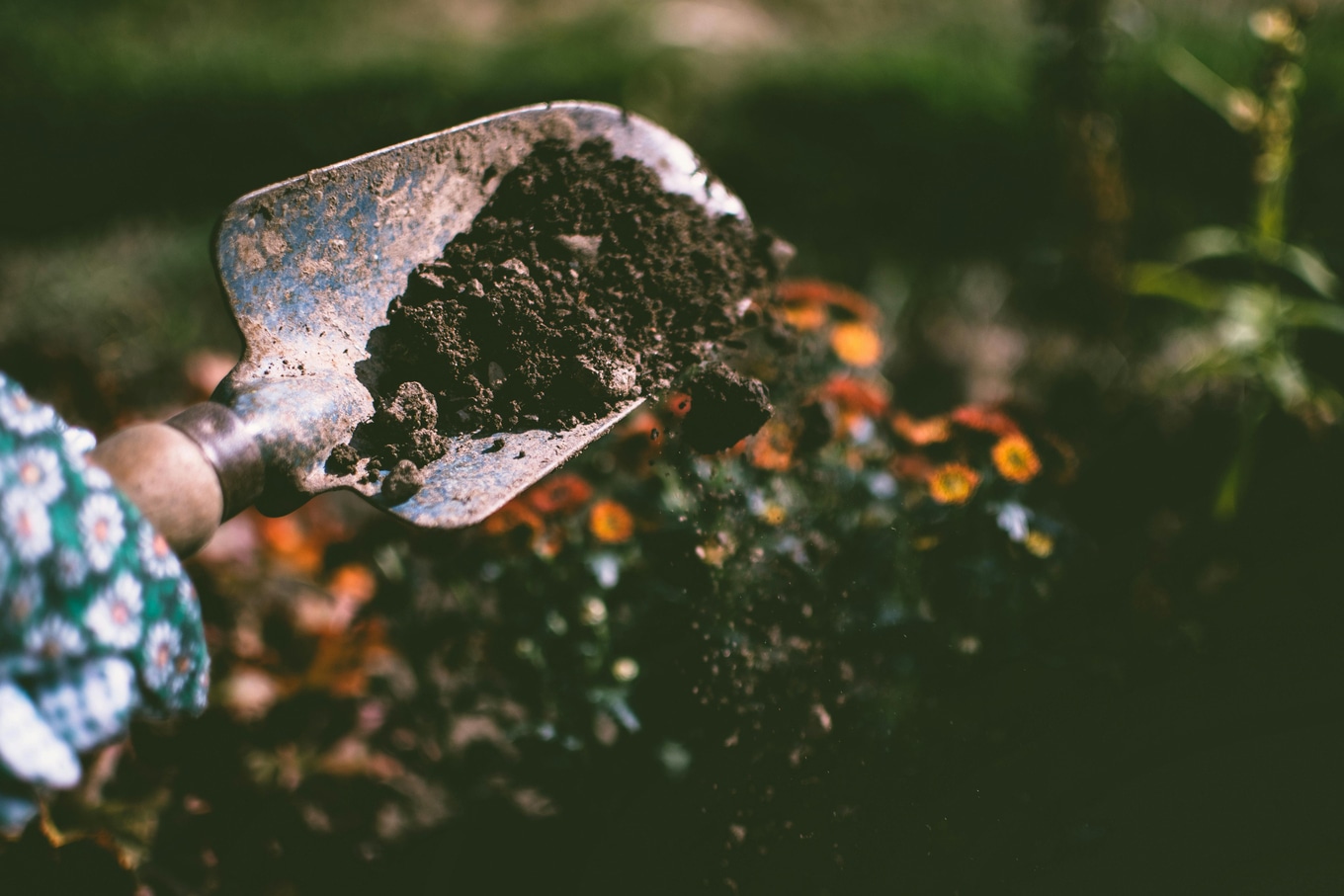 Fotios/Pexels
Fotios/Pexels
2Set the foundation
Preparing your soil with compost or organic matter is the foundation of a successful garden.
“Refresh your soil by turning it over to loosen it up,” Taylor Olberding, co-owner of Heros Lawn Care, tells VegNews. “This helps the roots grow more easily.”
Mulching around plants is also essential, and placing compost, straw, or other organic mulch keeps the ground cooler around plants and retains soil moisture.
“Mulch is your best friend,” arborist David Miller of Austin Tree Services tells VegNews. “It keeps weeds at bay and retains moisture, giving your garden that well-tended look.”
By using mulch effectively, you can reduce the amount of time you spend watering and weeding, allowing you to enjoy your garden more and maybe share it on TikTok, as Beckham does.
During mid-summer, your watering schedule should account for the heat. “Water your plants in the morning to keep them hydrated during the hot summer days,” Miller says.
Early and deep watering helps prevent water evaporation and ensures plants receive adequate moisture.
“If you can, set up a drip irrigation system to maintain steady moisture levels,” Olberding says. “If not, regular watering will do the trick. Aim for deep watering to encourage roots to grow deeper, making your plants more resilient to heat.”
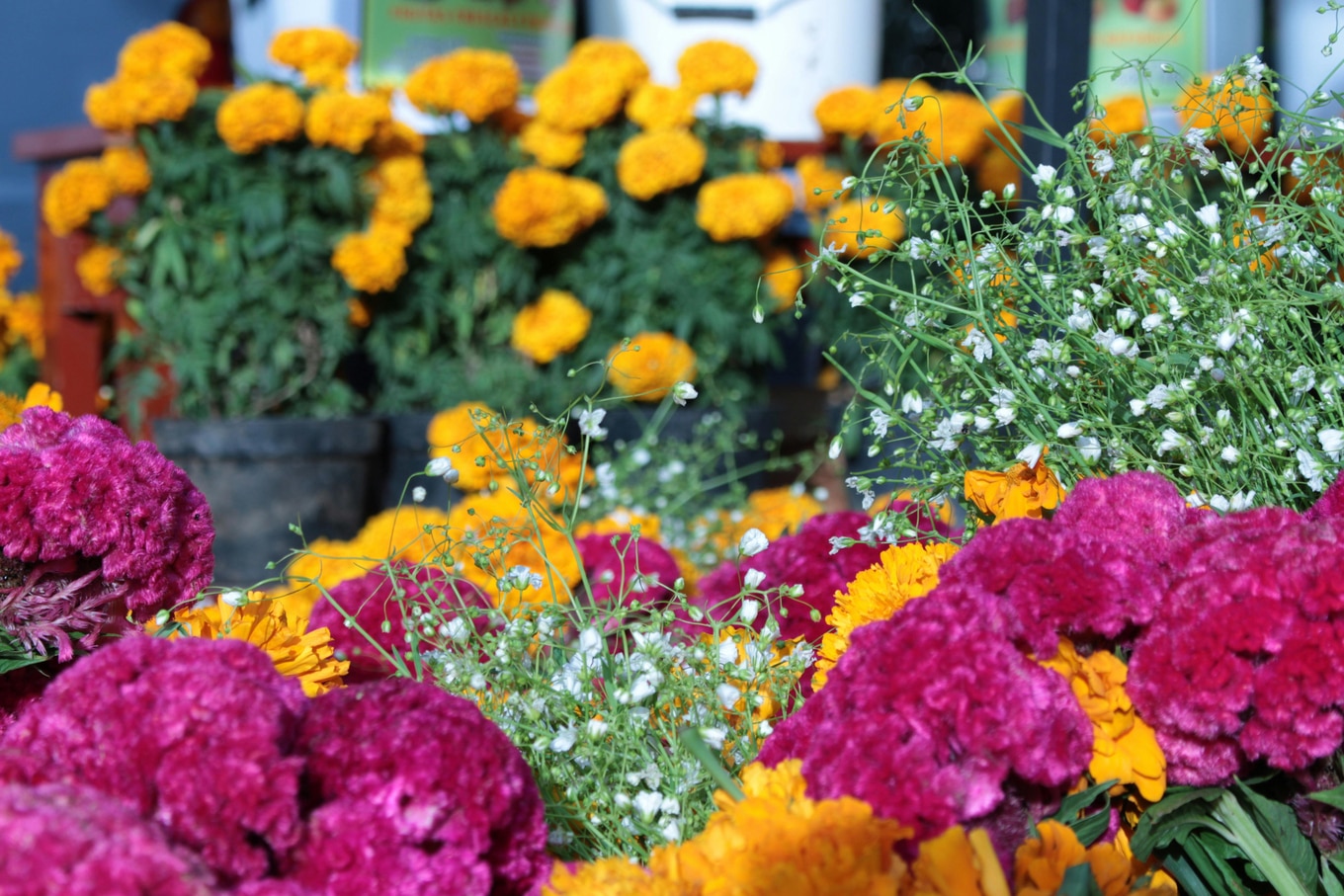 Ariann/Pexels
Ariann/Pexels
3 Layer your garden
Beckham’s garden features both edible plants and flowers for visual appeal, along with herbs that can be used to spruce up all kinds of dishes.
For a burst of color that lasts all summer, consider planting heat-resistant annuals. The experts recommend planting zinnias, marigolds, petunias, and blanket flowers, which are heat- and drought-tolerant and will bloom prolifically with minimal care.
“When designing your garden, try including different textures, heights, and colors like Beckhman does with his roses,” Victoria Cummins, Senior Editor of Plant Whisperer tells VegNews. “Flowering plants and bushes add nice pops of pink or yellow.”
“Low-lying herbs and lavender along the edges look lovely and smell lovely too,” she says, adding. “Don’t forget to weave in pathways so you can admire your hard work.”
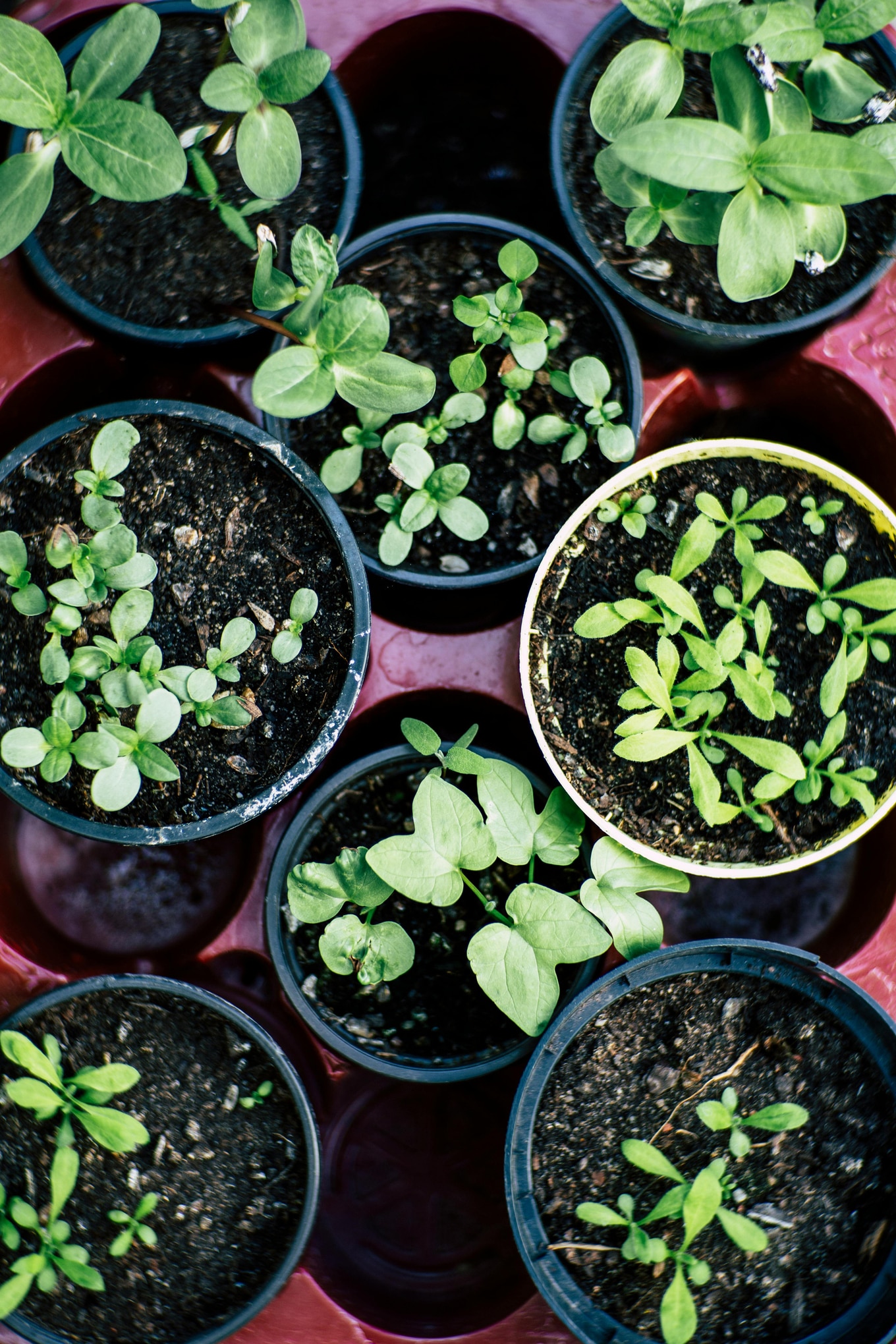 Markus Spiske/Pexels
Markus Spiske/Pexels
A variety of herbs will thrive during the warmer months, helping to add a boost of flavor to your meals while keeping your garden gorgeous.
“Basil, cilantro, and parsley are quick-growing herbs that can be planted in mid-July,” Zahid Adnan, founder of plant resource The Plant Bible, tells VegNews. “They prefer warm weather and can be harvested continuously.”
To achieve a garden as lush as Beckham’s, consider incorporating ground covers such as dwarf mondo grass or creeping thyme. Ground covers help to create a cohesive look and fill in gaps between larger plants.
“To capture a bit of Beckham’s garden magic, think layers and textures,” Miller says. “Create a lush, layered look with a mix of perennials and annuals. Add a few statement plants with large, bold leaves or vibrant flowers to make your garden pop.”
Adding height and structure with sunflowers, trellises for climbing vines, and ornamental grasses can also create a layered and lush look. “Don’t forget to use vertical space—climbing plants like clematis or jasmine can add height and a touch of elegance,” Miller says.
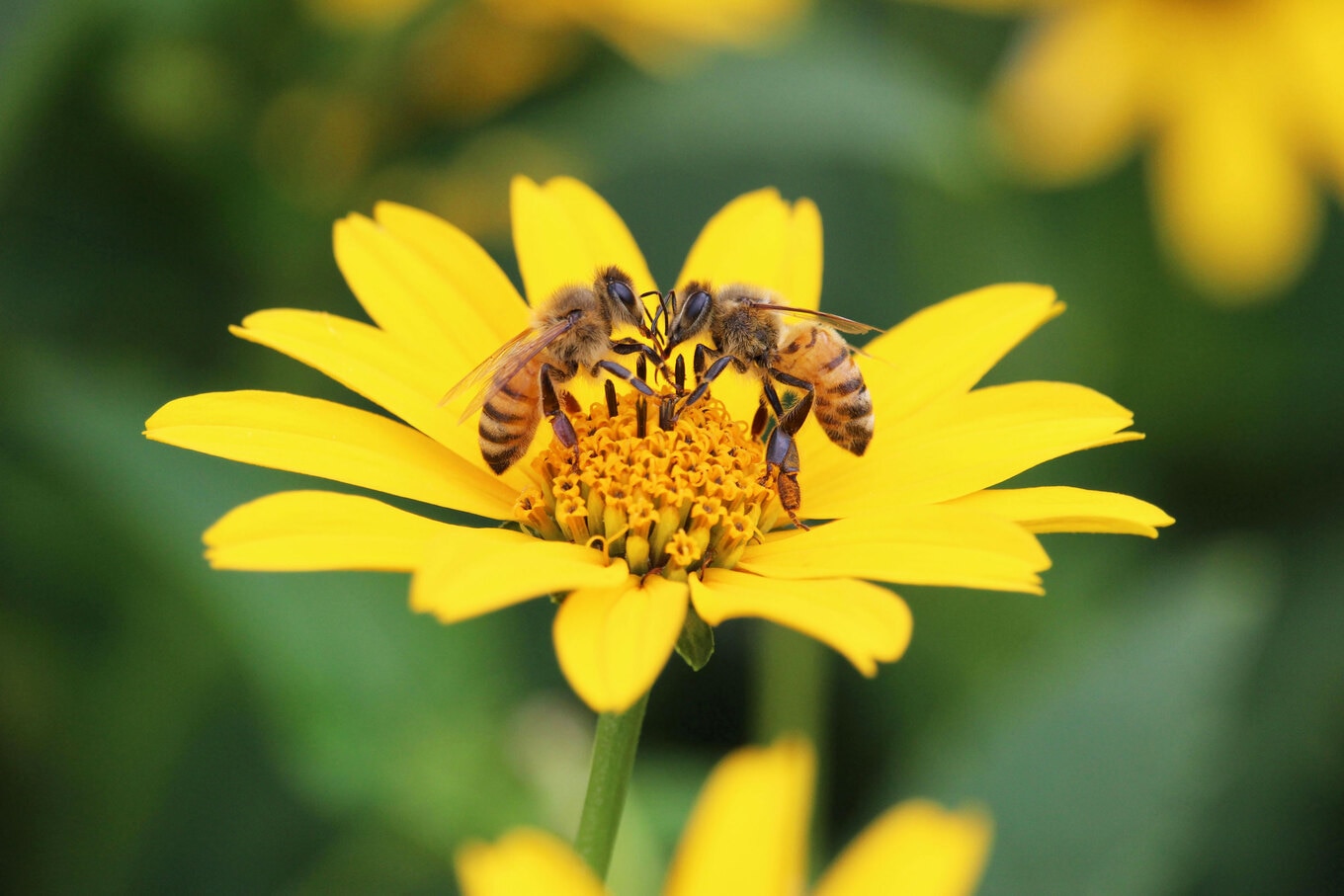 Mauro Fossati/Pexels
Mauro Fossati/Pexels
4Attract pollinators
A lush garden is not just about plants; it’s also about creating a welcoming environment for wildlife. While Beckham keeps bees at his Cotswolds estate, planting a garden that helps pollinators thrive, without using them for honey, is an even sweeter idea.
“Let some areas grow wild and plant native flowers that attract pollinators,” Steve Sylva of landscaping company Steve’s Services tells VegNews. “A stylish garden reflects your personal style, not how much you spend.”
Those sunflowers you’re planting for aesthetics can also serve a double purpose in your garden. “You should try to include brightly colored, strong-smelling plants in your garden to attract bees,” Handley says.
Handley points out that lavender, sunflowers, and orange hawkweed are strong choices for their vibrant colors and nectar, providing pollinators with stable structures to land on.
The experts agree that with strategic choices and regular care, you can plant a garden like Beckham’s that is lush, stylish, and functional, even in the middle of summer.
“You don’t need a huge yard to grow something beautiful,” Cummins says. “Pots on a patio work great too. And don’t get discouraged if it’s not perfect right away. Gardening is a work in progress—stick with it and your green space will thrive before you know it.”

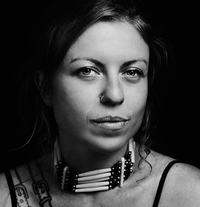
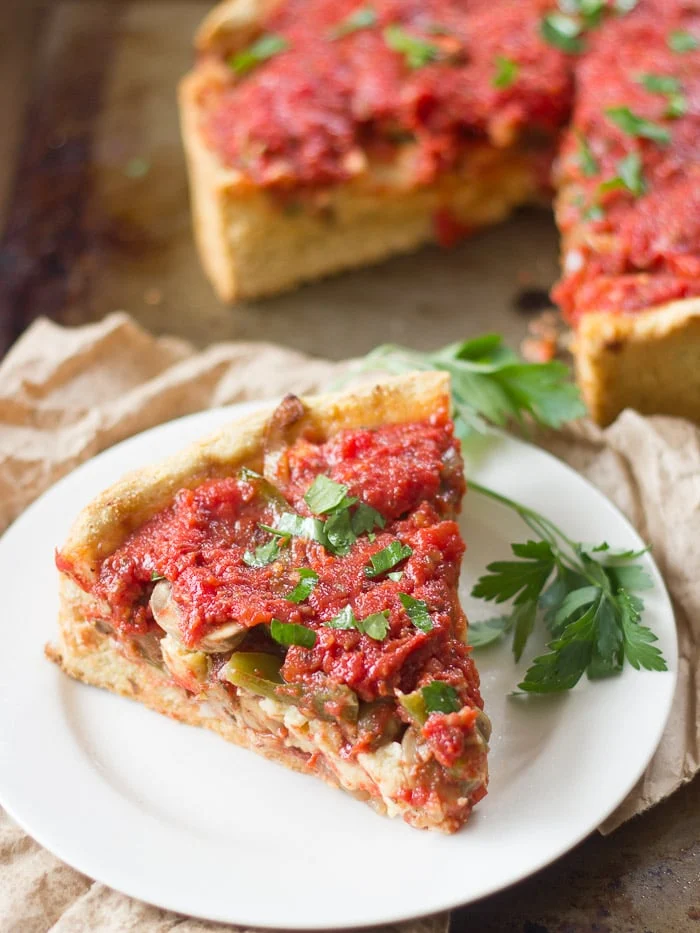
.png?sha=6262d274d26a19b7)
